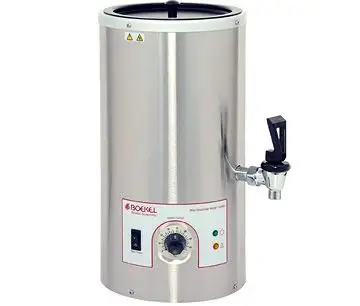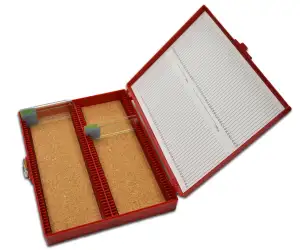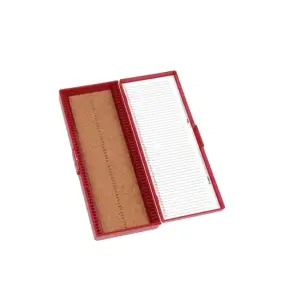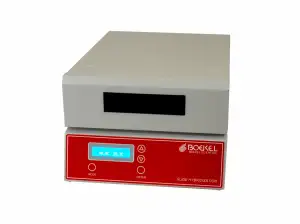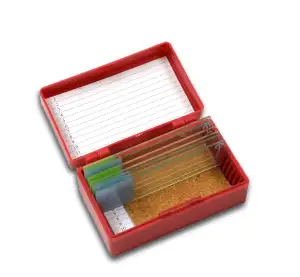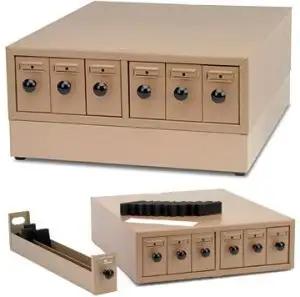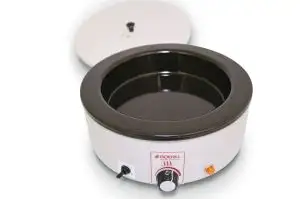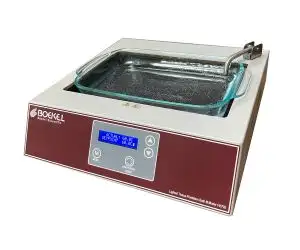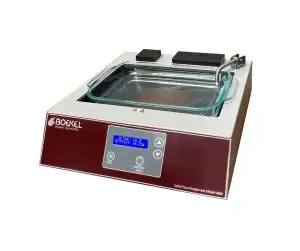Boekel Scientific Histology Wax Dispenser, PN: 145600 (115V/230V)
The Boekel Paraffin Wax Dispenser has a rapid warm-up with an advanced safety one-temperature cut-off. Designed for tissue embedding procedures with a heated pouring valve.
- 5 Liter capacity 1.25 gallons
- Rapid warm-up with an advanced safety one-temperature cut-off
- Heated valve ensures a consistent flow of molten wax
- Dispenser valve allows precise control of flowing wax and can be locked in the open position if desired
- 2 year warranty

- 5 Liter capacity 1.25 gallons
- Rapid warm-up with an advanced safety one-temperature cut-off
- Heated valve ensures a consistent flow of molten wax
- Dispenser valve allows precise control of flowing wax and can be locked in the open position if desired
- 2 year warranty
Histology Overview
Histology Laboratories specialize in the microscopic study of cells and tissues of plants and animals. Labs that focus on the microscopic study of diseased tissue are referred to as histopathology laboratories. Histology requires specialized equipment for preserving and preparing samples for viewing under a microscope. The process typically follows the same routine:
Grossing and Fixation - Tissue samples are taken and trimmed to the proper size. These samples are then placed into solutions to preserve the sample.
Processing - Water is removed from the sample and replaced with melted paraffin wax. The wax solidifies and maintains the tissue structure
Embedding - The tissue is placed in a larger block of wax so that it can be cut properly.
Sectioning - The paraffin block with tissue is placed into a microtome. The microtome slices sections of the tissue into a ribbon. This ribbon is then placed into a water bath so it can be placed on a slide.
Staining - Depending on the tissue type the sample needs to be stained so that the structures and items of interest can be viewed in a microscope. Molecular probes can be used to detect cancer, genetic anomalies, and bacteria or viral infections.
Viewing - The sample is views under a microscope.
Storing - Many samples require long term storage. Specially designed cabinets are used to store vast quantities of slides and cassettes.


